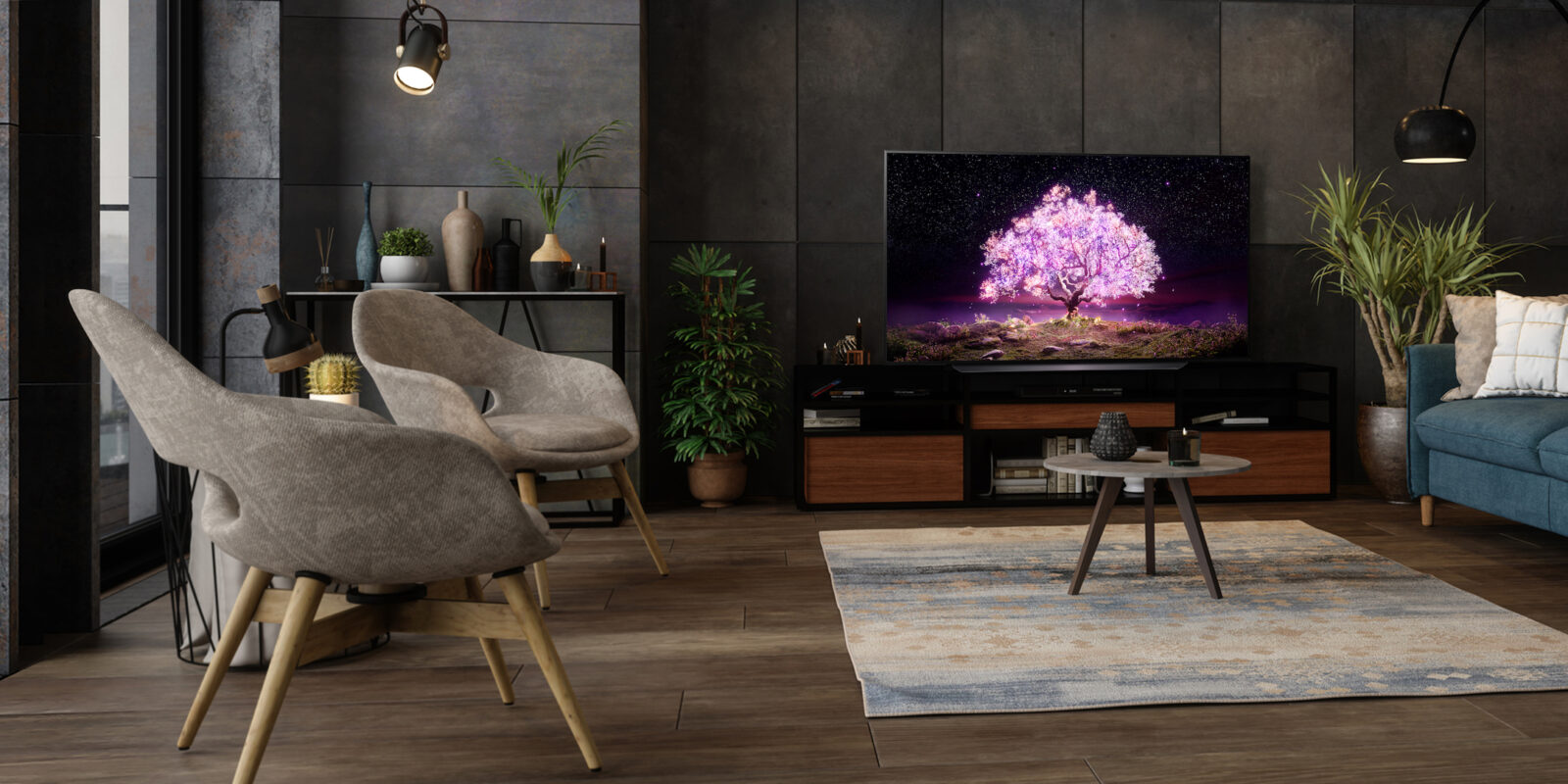What is OLED burn in and how bad is it on 2021 TVs?

You’ve seen the scary ads: if you get an OLED TV, it will eventually get “burn in”. What is OLED burn in, and is it still a thing on 2021 TVs?
Luke Hopewell is a gadget veteran of over 10 years. He’s reviewed over 100 TVs in his time, and been to the magic factory where they’re all made. He’s lost more remotes than he’s found, and if you ask him nicely, he’ll tell you how tech companies get tech writers to review TVs…
What is OLED burn in and why does it happen?
OLED has loads of pros, but two big cons are price and burn in.
Burn in refers to an image that is “burned into” a screen when it has displayed the same content for a long time.
It happens when you hold the same image on your screen for too long like a video game or a TV graphic. You’ll see a little shadow of where the static graphics are on the screen. That’s burn in.
It’s different to image retention, which is the spectre of an image hanging around until you turn off your TV. If you shut it down and power back up and the image is still there, it’s burnt in.
Burn in is almost exclusive to OLED TVs these days. Because the panel is “organic”, OLED are far more susceptible to burn in than just about any other TV.
Other types of TV can get burn in – such as LED, QLED, QNED and more – but OLED is fabled to be the most susceptible (mostly by marketers of other technologies).
How to fix OLED burn in?
Unfortunately, there’s almost no way to fix OLED screen burn in once it happens.
There are a tonne of ways to mitigate OLED burn in before it becomes permanent, but you’re pretty much out of luck if it has already happened to your TV or phone.
There are videos on YouTube to test burn in. You can also find videos on YouTube to “wash” your pixels a little to try and mitigate the effects of burn in.
How bad is burn in on 2021 OLED TVs?
When LG launched its 2021 line of OLED and OLED evo TVs, we asked just how bad burn in gets on the new models, including the new LG C1.
When you see a TV in a store, it has likely been on displaying the same content for weeks, maybe even months. These TVs are the best ones to look at to see how the model handles potential burn in.
We asked LG how many TVs it repairs due to burn in. It said that less than 1% of all repairs coming back to the factory have to be treated for burn in.
LG added that its even seen some display model TVs that have over 3000 hours of “lamp life” (use time) that don’t have any issues with burn in.
LG says it’s able to keep burn in to a minimum on new TVs like the C1 OLED with built-in anti-burn in tech. The panel shifts its pixels every now and then to prvent them becoming fixed. And it regularly schedules a pixel “wash” to keep the panel looking fresh and new.
It goes without saying, however: if you’re buying a display model TV, know your consumer rights, and never agree to a no warranty period in exchange for a lower price. Just in case!
How to avoid OLED burn in
There are a few different modes you can activate in your TVs Settings menu that help prevent burn in:
Pixel Shift
This technology subtly and almost indistinguishably moves pixels on your TV around when it notices static content.
That way, your pixels don’t burn in when displaying the one image over a long period of time.
Screen saver
A number of TVs now have a built-in screen saver mode that will default to either a subtle animation (LG’s is fireworks on a black screen), or keep the pixels moving so they don’t burn in.
You can also activate a screen saver on smart devices like the new Apple TV 4K.
Pixel wash
Specifically designed to treat burn in, some TVs have a mode where it specifically “washes” the pixels to treat symptoms of afterimage and prevent burn in.
Some TVs even do it automatically after a period of time as part of a maintenance process.
Read more
What is the difference between OLED and OLED evo? We’ll tell you!
Luke Hopewell is the editor and co-founder of Redaktör. He's previously been the Editor of Gizmodo, Founding Editor of Business Insider Australia, Editorial Lead for Twitter Australia and more.


